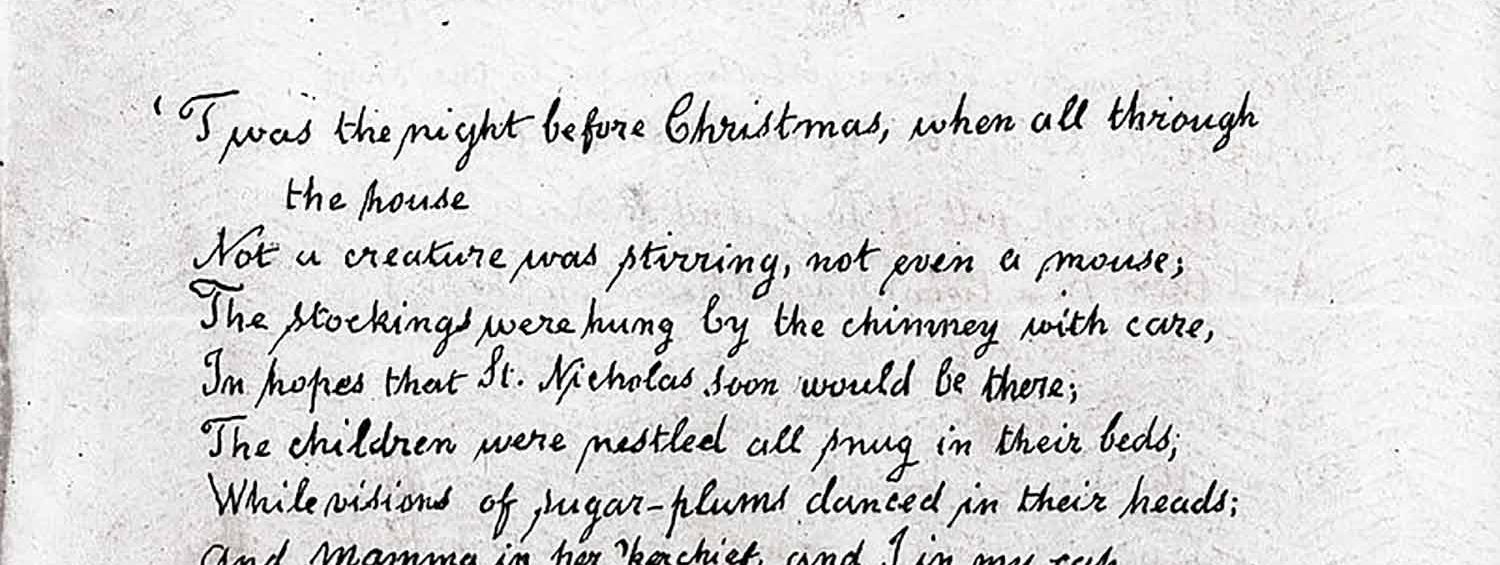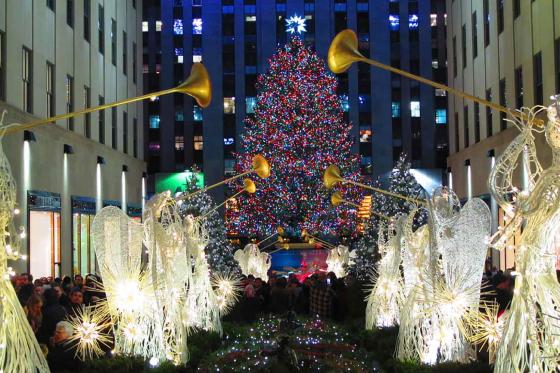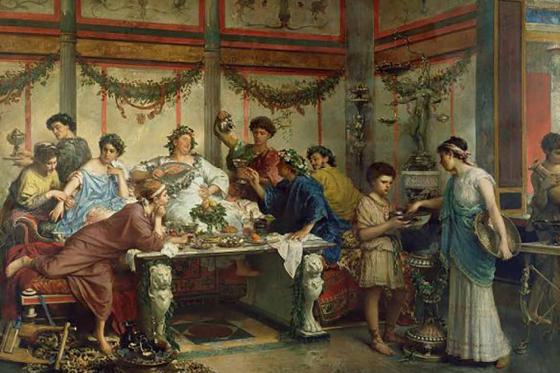New York City has shaped the secular Christmas that we know today more than any other city in the world. This is largely due to the contributions of two individuals and their depictions of the cultural icon, Santa Claus.
Clement Clarke Moore was a professor of Greek Literature and Divinity/Biblical Learning. In 1822, he wrote the poem “A Visit From St. Nicholas” (or “The Night Before Christmas”). This poem almost singlehandedly created the modern visions of Santa Claus and Christmas Eve.
In the poem, Moore describes the “jolly old elf,” St. Nick. Moore’s idea of Santa was inspired by two Christmas figures: Saint Nicholas and Sinterklaas. St. Nicholas (or Nicholas of Bari) was a 4th century bishop renowned for gift giving who would leave presents in stockings. Sinterklaas, the dutch version of St. Nicholas and the inspiration for the name “Santa Claus,” also influenced Moore’s imagining of the holiday figure. The dutch depiction of Sinterklaas merged the saint with Odin, the god of wisdom, poetry, death and magic. Odin was honored at Yule, a Germanic seasonal festival that took place on the winter solstice. Odin was often depicted as a god who flew through the sky on an 8 legged horse named Sleipnir. From this image came the idea of a sleigh pulled by eight flying reindeer. Additionally, Moore gave Santa a pipe, a fur coat, and a sack of toys. He also described him as an elf rather than a bishop.
But there are key elements to the modern Santa that are missing from Moore’s poem. There is no mention of the North Pole as Santa’s residence, no elves who assist Santa in toy creation, no letters from kids or naughty/nice lists, etc.
Illustrator Thomas Nast (“Father of the American Cartoon”) built upon Moore’s Santa to include the above. His first major depiction of Santa was printed in Harper’s Weekly in 1866, with numerous illustrations to follow. Nast made Santa taller and larger than the elf of Moore’s poem. He added the “Record of Behavior” (or Naughty or Nice List). And he stationed Santa in the North Pole, a magical and unknown land of snow.






